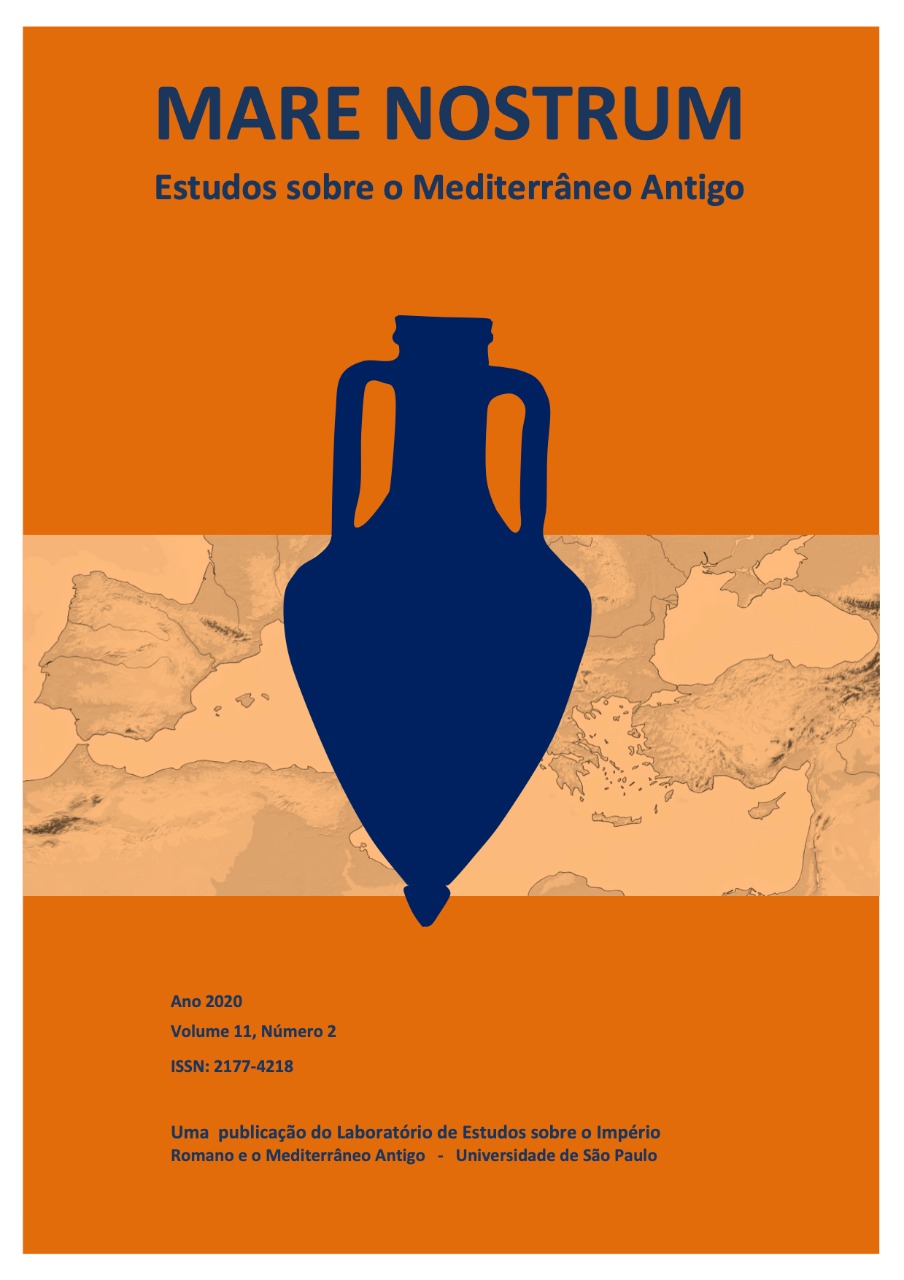God, Father and Intermediate: the function of Amun in Hatshepsut's discourse
DOI:
https://doi.org/10.11606/issn.2177-4218.v11i2p1-29Keywords:
New Kingdom, Hatshepsut, Religion, Politcs, KinshipAbstract
We focus on the analysis of how religion is involved in building politics in the early New Kingdom Egyptian society (c. 1550-1425 BC) through the official discourses concerning the royalty. Many times the relationship between politics and religion is set through kinships, as we try to show along this paper. We chose as case-study the pharaoh Hatshepsut’s context (c. 1479-1458 BC) and the narrative about her conception placed in the mortuary temple of Deir el-Bahari, since it has political and religious elements. This approach allows us to look how the religious, political and kinship spheres exercise influence on the construction and maintenance of the Egyptian’s state discourse of this time.
Downloads
Downloads
Published
Issue
Section
License
Copyright (c) 2020 Rafael dos Santos Pires

This work is licensed under a Creative Commons Attribution 4.0 International License.
Responsibility for the content published by Mare Nostrum rests exclusively with the author(s) of such content.
The reproduction of the texts published by Mare Nostrum is licensed according to Creative Commons license Attribution-NonCommercial 4.0 International (CC BY-NC).
Authors who publish with this journal agree to the following terms:
- Authors retain copyright and grant the journal right of first publication with the work simultaneously licensed under a Creative Commons Attribution License that allows others to share the work with an acknowledgement of the work's authorship and initial publication in this journal.
- Authors are able to enter into separate, additional contractual arrangements for the non-exclusive distribution of the journal's published version of the work (e.g., post it to an institutional repository or publish it in a book), with an acknowledgement of its initial publication in this journal.
- Authors are permitted and encouraged to post their work online (e.g., in institutional repositories or on their website) prior to and during the submission process, as it can lead to productive exchanges, as well as earlier and greater citation of published work (See The Effect of Open Access).
How to Cite
Funding data
-
Fundação de Amparo à Pesquisa do Estado de São Paulo
Grant numbers 2018/03682-9









